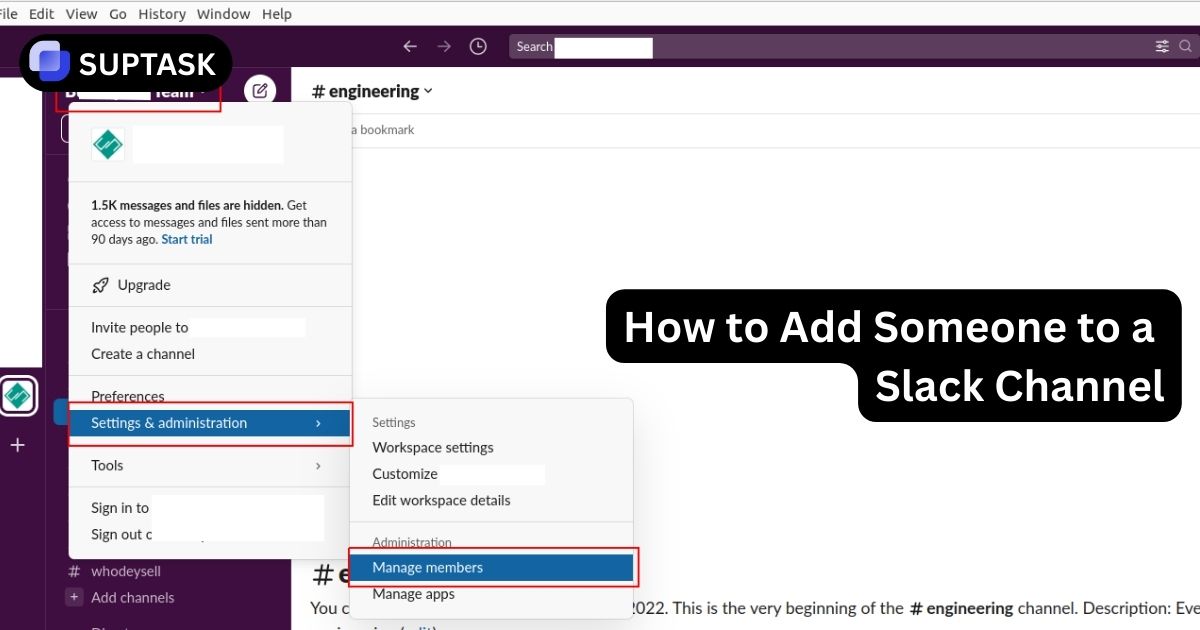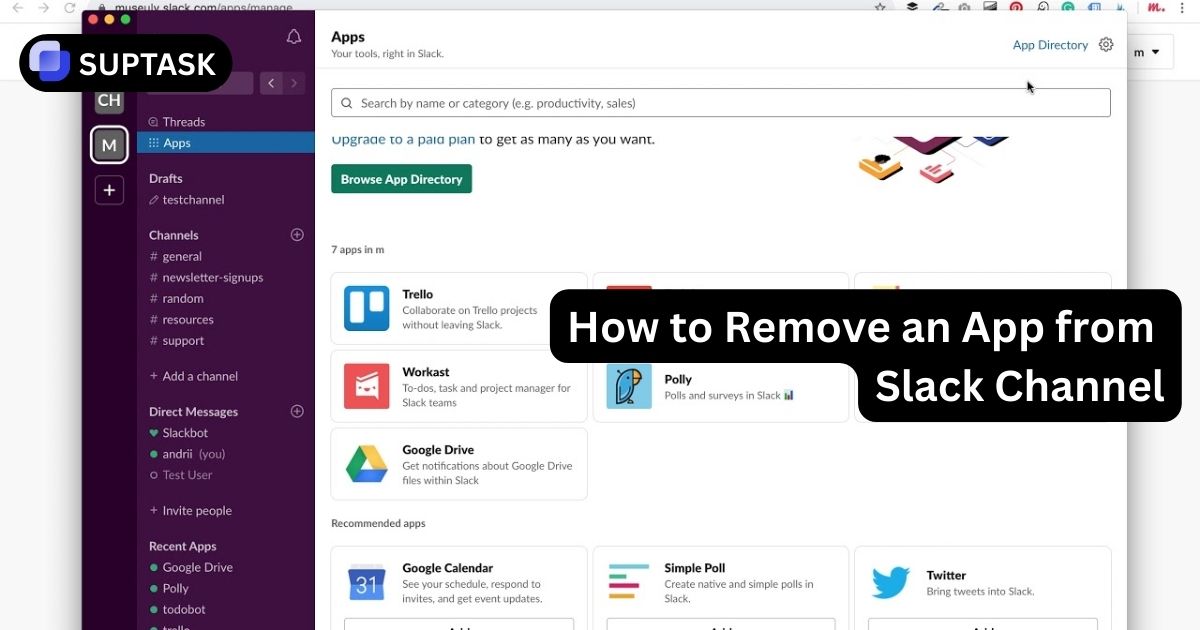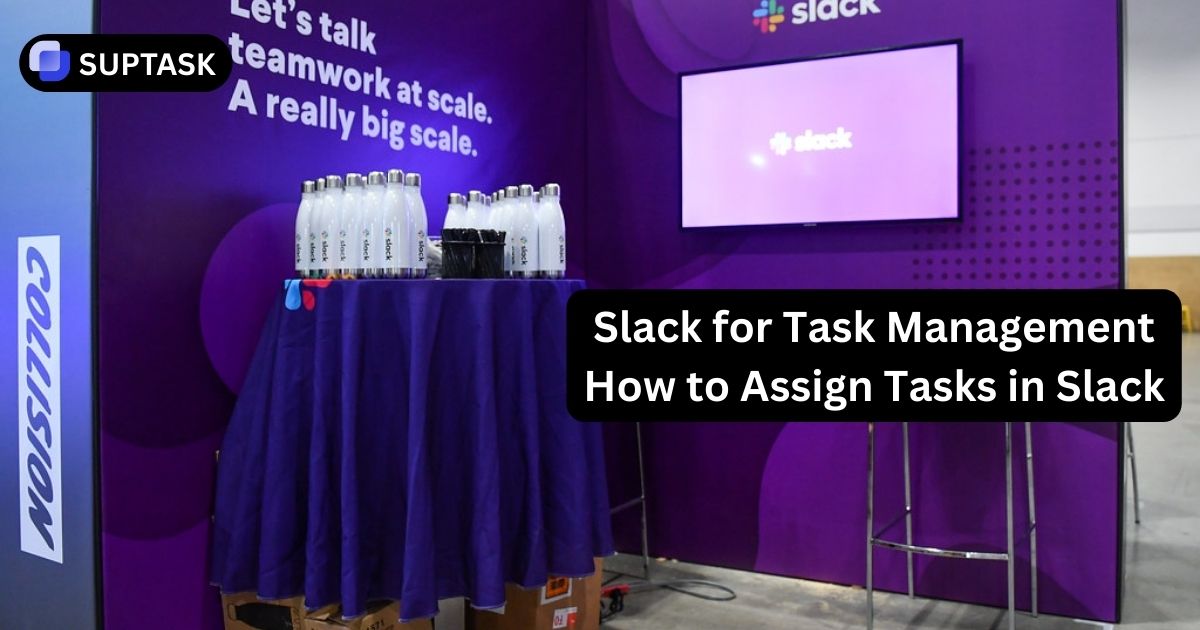Imagine a world where your organization's IT systems operate seamlessly and unexpected issues are handled with efficiency and effectiveness. This is the transformative power of a well-executed IT incident management process.
By leveraging the ITIL framework, businesses can optimize their incident management procedures, reduce downtime, and provide users with a seamless service experience. Are you prepared to elevate your organization's IT incident management approach? Continue reading to explore a comprehensive step-by-step guide to the IT incident management process in 2024.
Key Takeaways
- To effectively manage incidents, it is crucial to have a solid understanding of the ITIL framework and be able to implement its principles.
- The process consists of several steps: identifying, logging, categorizing, prioritizing, and responding to incidents. This includes initial diagnosis, escalation if necessary, and ultimately closing the incident.
- To improve incident management, organizations can make use of tools like process mapping and data analysis. Additionally, conducting blameless retrospectives where teams learn from past incidents can contribute to optimization.
Understanding IT Incident Management

Keeping an IT infrastructure running smoothly relies on efficient incident management. The main objective of incident management is to restore normal service operations after an unexpected interruption, minimize the impact on business operations, and reduce downtime costs.
Incident management teams are crucial in accomplishing these objectives by diligently identifying and resolving incidents, including major ones, to promptly reinstate the predetermined service levels.
In modern business, timely service restoration is crucial to avoid financial losses and reputation damage. Organizations must establish a clear incident management process led by a dedicated team of experts. This approach ensures quick and efficient identification, prioritization, and resolution of incidents, minimizing disruptions to services.
TIP: Try Suptask to handle your incident management processes directly within Slack, making it easier for everyone in the organization to be included. Try for free today!
The ITIL Framework for Incident Management
The IT Infrastructure Library (ITIL) framework provides organizations with a structured approach to incident management that prioritizes best practices and efficient processes. By implementing the ITIL incident management process, organizations can optimize their incident workflows and improve their overall service management capabilities.
The ITIL framework outlines a fundamental process for incident management that includes:
- Identifying incidents
- Logging incidents
- Categorizing incidents
- Prioritizing incidents
- Responding to incidents
- Concluding incidents
By implementing these steps, service desk teams, including dedicated teams for each department, can effectively diagnose and resolve incidents, ensuring a quick restoration of service operations.
A key aspect of the ITIL framework is its differentiation between incident management and problem management. Incident management aims to restore normal service promptly, while problem management focuses on identifying the root cause of incidents to prevent future occurrences.
This differentiation is crucial for organizations to effectively balance reactive and proactive IT service management approaches.
Step 1: Identifying Incidents
The initial step in the ITIL incident management process involves identifying incidents. Incidents can be reported by various individuals, including employees, end-users, and monitoring systems. Reporting incidents is facilitated through multiple communication channels that are integral to the incident management workflow. These channels encompass phone calls, emails, SMS, web forms on the self-service portal, and live chat messages.
It's crucial to distinguish between two types of issues: incidents and service requests. An incident refers to an unexpected disruption that affects service operations, while a service request is when a user asks for something specific. Service requests are usually less urgent and have a predetermined process for fulfillment, whereas incidents require the incident management process to resolve them.
Step 2: Logging Incidents
When an incident is identified, it should be logged in the service desk or help desk system, often through a customer support ticketing system that ensures proper tracking and resolution. The help desk team will record the incident and create a ticket that contains detailed information. This information should include:
- The date and time of the incident
- The individual who reported it
- The impacted service or system
- The incident category and subcategory
- Any pertinent notes or attachments.
Keeping detailed records of incidents is essential for identifying patterns, conducting root cause analysis, and improving the efficiency of an organization. This information can help enhance incident management processes, offer valuable insights for problem management, and support continuous service improvement efforts.
Step 3: Categorizing Incidents
During the incident categorization phase, which is the third step in the ITIL incident management process, it is essential to assign appropriate categories and subcategories to incidents. This helps in effectively organizing and logging incidents and recognizing any patterns that may emerge. Additionally, assigning logical categories also enables automation of incident prioritization, ensuring efficient handling of incidents.
Accurately classifying incidents provides multiple advantages. It helps identify patterns, which makes it easier to recognize trends that require problem-solving or training. Trends are valuable when presenting ideas to higher-level executives because they provide a quick overview of information, making it simpler for teams to explain their thoughts.
Step 4: Prioritizing Incidents
In the ITIL incident management process, prioritizing incidents is a crucial step. This allows organizations to effectively allocate resources and uphold service quality by considering factors such as financial impact, number of affected individuals, and security/compliance implications.
Additionally, it's essential to establish clear service agreements for each level of priority, enabling customers to have an understanding of the expected resolution time for their issues.
To help service desk teams efficiently handle incidents, priority levels are often assigned in advance. This eliminates the need for time-consuming prioritization and allows teams to focus on resolving the incident quickly.
If there's a risk of breaching the SLA (Service Level Agreement), incidents can be escalated either functionally or hierarchically to ensure the SLA is met.
Step 5: Responding to Incidents
.webp)
The fifth step in the ITIL incident management process is responding to incidents. Incident response involves following a series of steps in a specific order. These steps include:
- Initial diagnosis
- Incident escalation
- Investigation and diagnosis
- Resolution and recovery
Each of these steps plays a crucial role in ensuring a swift and effective resolution of incidents, minimizing downtime, and maintaining service quality.
Initial Diagnosis
In the initial diagnosis stage, service desk staff follow these steps:
- Identify the problem using customer reports.
- Use diagnostic manuals, troubleshooting runbooks, and knowledge bases to help identify the issue and determine the appropriate course of action.
- If the service desk staff can fix the issue, they will work on resolving it.
- If the service desk staff cannot resolve the issue, they will escalate the incident to the relevant team for further investigation and resolution.
The first step in the incident response process is to diagnose the issue. This crucial step allows service desk staff to promptly and efficiently address incidents. By identifying the root cause of the problem, they can either resolve it themselves or escalate it to the appropriate technical support team if needed, minimizing downtime and reducing its impact on users.
Incident Escalation
When the service desk staff is unable to resolve an incident promptly, it must be escalated to advanced technicians or management. Incident escalation involves transferring the incident to more experienced individuals who can quickly address and resolve it. During this process, it is crucial to provide advanced technicians or management with detailed information about the incident, as this will help expedite its resolution.
The process of incident escalation ensures that incidents are promptly addressed and resolved by the appropriate technical support staff. By carefully gathering and documenting relevant information, service desk staff enable advanced technicians to understand the issue and expedite its resolution quickly.
Investigation and Diagnosis
In the ITIL incident management process, the investigation and diagnosis step is crucial. It involves thoroughly investigating the incident, identifying the root cause, and devising a solution. When an incident is escalated to the help desk, the employee should first identify and evaluate an initial hypothesis based on the most probable cause of the issue.
If this initial hypothesis proves incorrect, further investigation is necessary to determine the true source of the incident.
Once the root cause of an incident has been identified, it is important to take immediate action to address the issue. This may involve applying patches to software or replacing faulty hardware. The investigation and diagnosis phase of incident management is crucial as it ensures that incidents are resolved promptly and effectively, minimizing any disruptions and maintaining the quality of service.
Resolution and Recovery
After the problem has been diagnosed and a solution formulated, the incident should be resolved. The resolution and recovery step involves taking the following actions:
- The incident is resolved.
- Root cause analysis is conducted to determine the underlying cause of the incident.
- The recovery time is communicated to users. The recovery time indicates the duration required for the complete restoration of regular services.
Once the issue has been resolved, the service desk will confirm that the service is restored and document all relevant information in the incident report. This step is crucial in ensuring that incidents are effectively resolved and users are informed of the recovery time.
Incident Closure
Once the incident has been resolved, it is essential for the service desk to follow up with the reporter to verify that the issue has indeed been fully resolved. This step, known as incident closure, plays a critical role in the overall incident management process.
The main objective of incident closure is to ensure that the person who reported the incident is satisfied with the resolution.
Documenting the steps taken during the incident resolution process is crucial. It allows for evaluating the response and providing a report to administrative teams. This information can be utilized for:
- Improve future incident response efforts
- Identify areas for improvement in the incident management process
- Support continuous service improvement initiatives.
Try Suptask Incident Management Ticketing System for Free
Suptask is a ticketing system that allows teams to submit, respond to, and resolve tickets efficiently. It seamlessly integrates with Slack, making the process even more convenient. By utilizing this Slack ticketing system, your organization can improve its incident management process.
This platform offers a streamlined halp slack solution that includes features like real-time tracking of incidents, monitoring capabilities, and automated notifications. Adding Suptask to your incident management toolkit can be highly beneficial for your team.
To unlock the advantages of Suptask, simply start a free trial to explore all of the platform's features. Suptask offers various pricing plans tailored to suit organizations of any size, including a basic plan, professional plan, and enterprise plan.
Optimizing Your Incident Management Process
.webp)
Successful incident management relies on continuous improvement. Organizations can enhance their incident management processes and deliver better service by implementing best practices, utilizing tools like service desk software, and learning from past incidents. Process mapping visually represents the incident management process, making it easier to identify areas that need improvement.
Analyzing incident data and identifying patterns can also be beneficial for organizations. This information can help enhance the incident management process by allowing organizations to learn from past incidents and gain valuable insights. By recognizing trends that require problem management or additional training, organizations can ultimately improve their overall incident response capabilities.
Furthermore, organizations should prioritize investing in training and development programs for incident management personnel. It is crucial to ensure that staff members are equipped with up-to-date knowledge and skills necessary for effective incident management.
Additionally, providing opportunities for ongoing professional growth is essential in maintaining a competent and capable incident response team.
Roles and Responsibilities in IT Incident Management
IT incident management involves various roles and responsibilities, such as service desk staff, technical support teams, and management personnel. Each role plays a vital role in the incident management process and may have different responsibilities based on the specific incident requirements.
The Incident Manager plays a crucial role in overseeing the entire incident management process. This includes coordinating and prioritizing incidents, ensuring timely resolution, and maintaining clear communication with stakeholders. Technical support personnel are valuable resources who provide expertise and assistance in resolving incidents.
They troubleshoot issues, apply fixes or workarounds, and carefully document the steps taken to find resolutions. Service Desk staff play an essential role as well, receiving and logging incident reports from users, providing initial support, collecting essential information, and escalating incidents to the relevant teams for prompt resolution.
In addition to the Incident Manager, there are other vital roles in IT incident management. Incident Analysts are crucial in analyzing incident data and metrics to identify patterns and trends. They help provide valuable insights for improving incident response processes.
Another key role is that of Problem Managers, who focus on identifying and resolving the underlying causes of incidents to prevent them from recurring in the future. Defining these roles and their responsibilities is essential for ensuring efficient incident management within an organization.
Learning from Past Incidents
Organizations that want to learn from past incidents and improve their future incident response efforts find value in conducting blameless incident retrospectives. These retrospectives involve analyzing the incident without assigning blame to individuals, focusing instead on identifying systemic issues and potential solutions.
This approach promotes a culture of learning and continuous improvement within the organization.
Organizations can use incident retrospectives to carefully analyze the details of an incident, pinpoint areas that need improvement, and create action plans to address these issues. By consistently learning from past incidents and applying the gained insights, organizations can strengthen their incident management practices, ultimately enhancing service reliability and user satisfaction.













